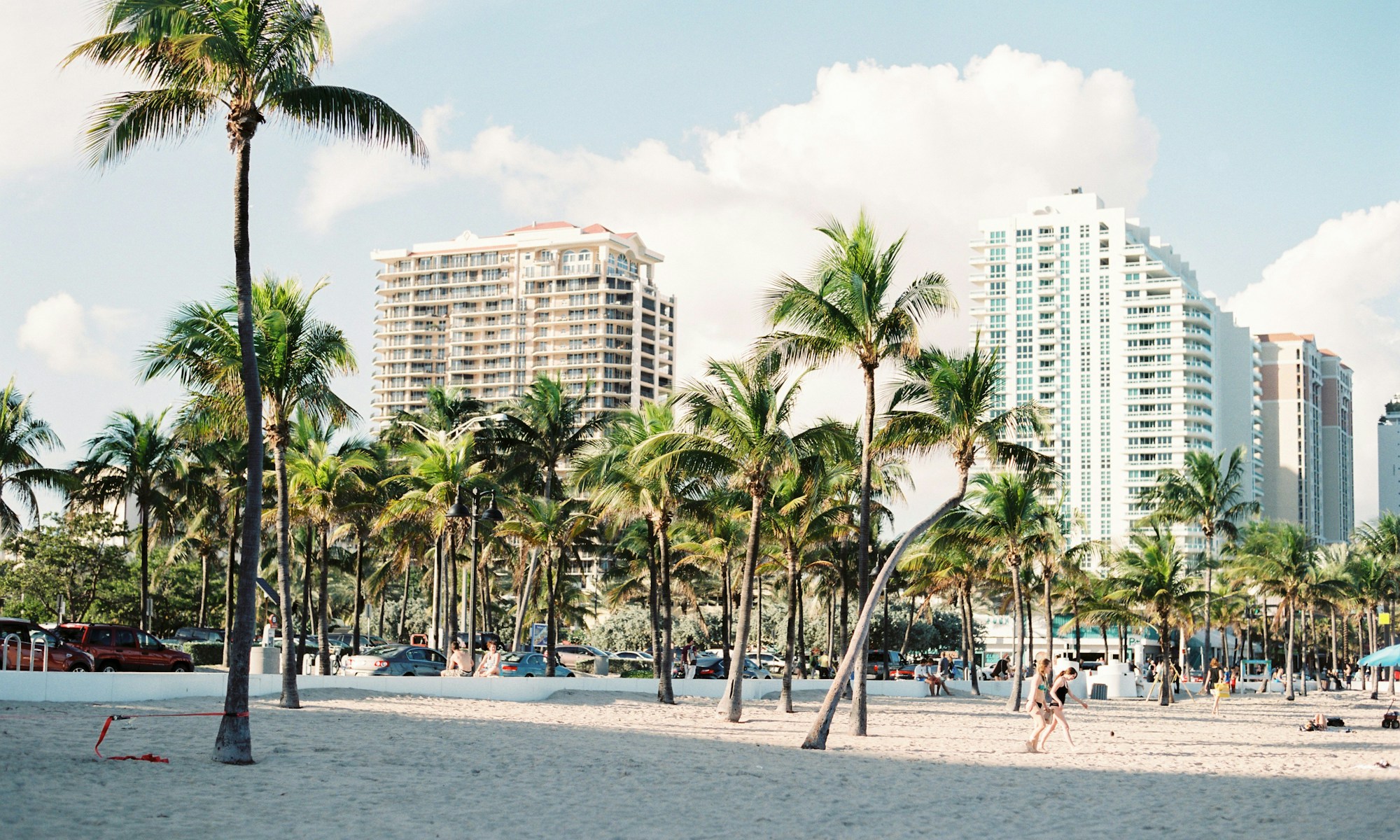16 August 2021 – by Evelyn Workman
Champlain Towers South, a 12-story beachfront condo in the Miami suburb of Surfside, Florida, partially collapsed on the 24th June. The death toll from the disaster sits at 79, as of 10th July, while a further 61 remain unaccounted for. Investigations are still being carried out to determine the precise cause of the collapse, however, questions have been raised over the impact the climate crisis and rising sea levels had on destabilising the building, and prompts further discussions on how climate change will impact other buildings in south Florida.
A 2018 engineering report on the structure found “abundant cracking and spalling in various degrees” in concrete columns, and that deteriorating waterproofing could cause “exponential damage” via the expansion of these cracks.
“Cracks in the concrete allows more sea water to get in, which causes further reactions and the spreading of cracks. If you don’t take care of it, that can cause a structure failure”, said Director of the University of Florida’s International Center for Adaptation Planning and Design, Zhong-Ren Peng.
While experts say that the exact role of rising seas in the collapse is still unclear, buildings will become unstable due to the advancements of salt water which will weaken the foundations. Higher sea level increases the amount of saltwater the foundations of buildings are exposed to, and with most of south Florida already only a few feet above sea level, other buildings in the area could be subjected to a similar fate
Harold Wanless, a geologist at the University of Miami, says the sea level in south Florida could increase by a foot each decade in the second half of this century, depending on the melting of the Antarctic and Greenland ice sheets.



